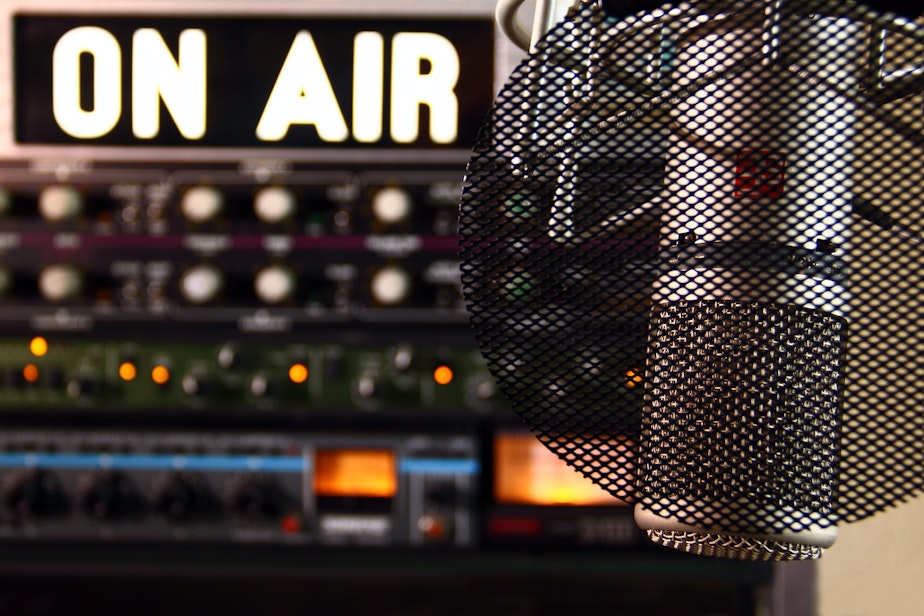Who is the 'public' in public media? And how far has public radio come from its initial promise?

Public Radio was meant to serve as an amplifier and archive for everyone in the American public. But does it live up to its initial promises?
This year marks KUOW's 70th anniversary. In its first couple decades, the station featured a mix of music and eclectic college radio shows.
That began to change in the late 1960s when the U.S. government decided to create a funding mechanism for public media. That paved the way for PBS and NPR.
This new media was meant to serve as an amplifier and archive for everyone in the American public, and wouldn't be dependent on traditional funding, like advertisements. The government's hope was that public media would cut through the noise and be stories for the people, told by the people.
Today, NPR looks and sounds very different than public media did when it was first emerging. So how is public media living up to its initial promises? And who is included in that idea of "the public?"
Those questions are at the center of a new book, The Sound of Exclusion: NPR and the Latinx Public. Its written by Professor Christopher Chavez, an associate professor at the University of Oregon School of Journalism and Communication.
Sponsored
Chavez explains that as radio grew to become widely used, it immediately went heavily commercial, despite some organizations and universities producing educational content.
"You had a framework of educational radio, these smaller systems that were meant to serve a social good ... The 1967 Radio Broadcasting Act was meant to ensure some kind of framework for these stations. They would provide some sort of funding to basically serve a need that commercial radio couldn't. They would do it through civic discourses, they would serve disenfranchised publics. They were meant to serve as an alternative to the commercial radio system."
But Professor Chavez notes that, often, the most educated, socially connected, and people with cultural and economic capital have had easy access to the public media system.
"Even today, those are the folks that tend to be overrepresented in political discourses ... so you have the people that are living in rural areas, that are poor, that are ethnic minorities, that are often not included in those kinds of civic discourses."
But those disenfranchised groups were the initial target voices of public media. So what has happened since 1967?
Sponsored
Professor Chavez sat down with Soundside host Libby Denkmann to discuss his book. Hear the full conversation by clicking the audio above.


